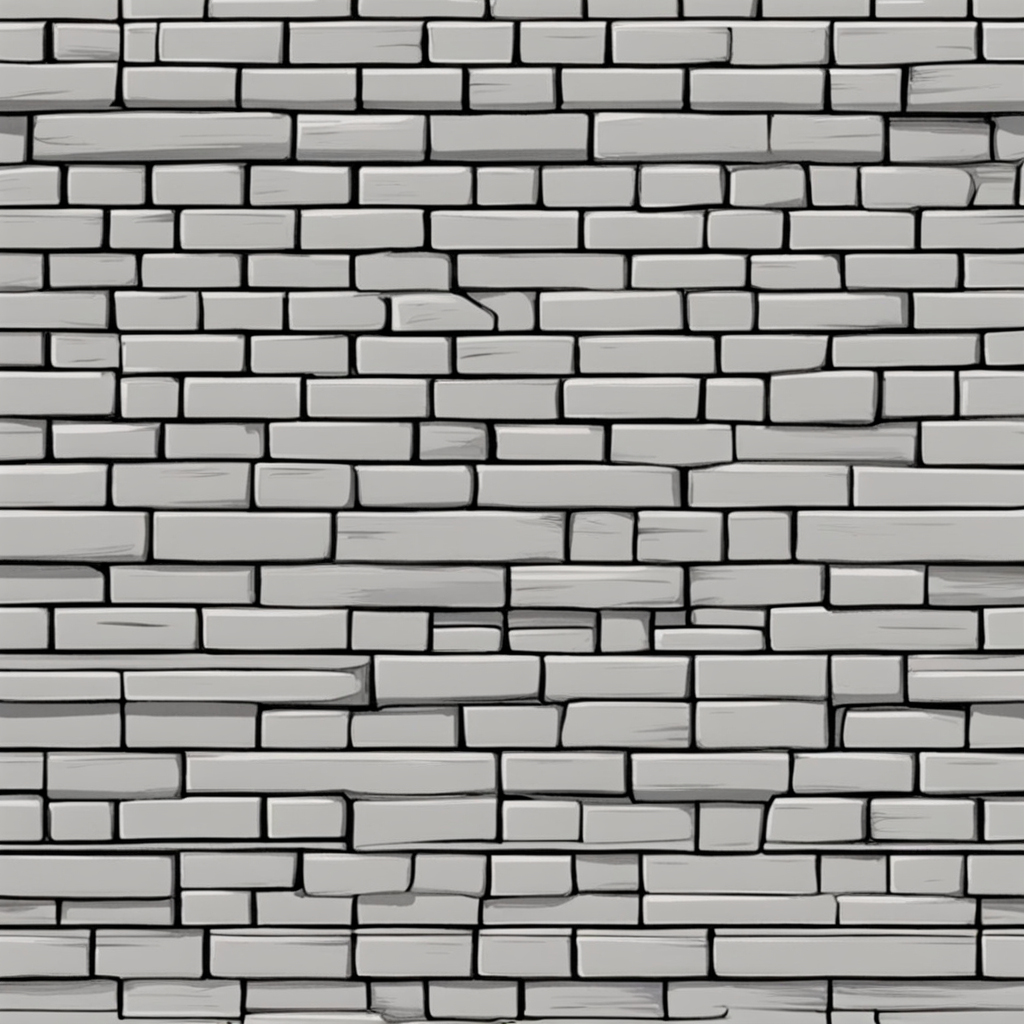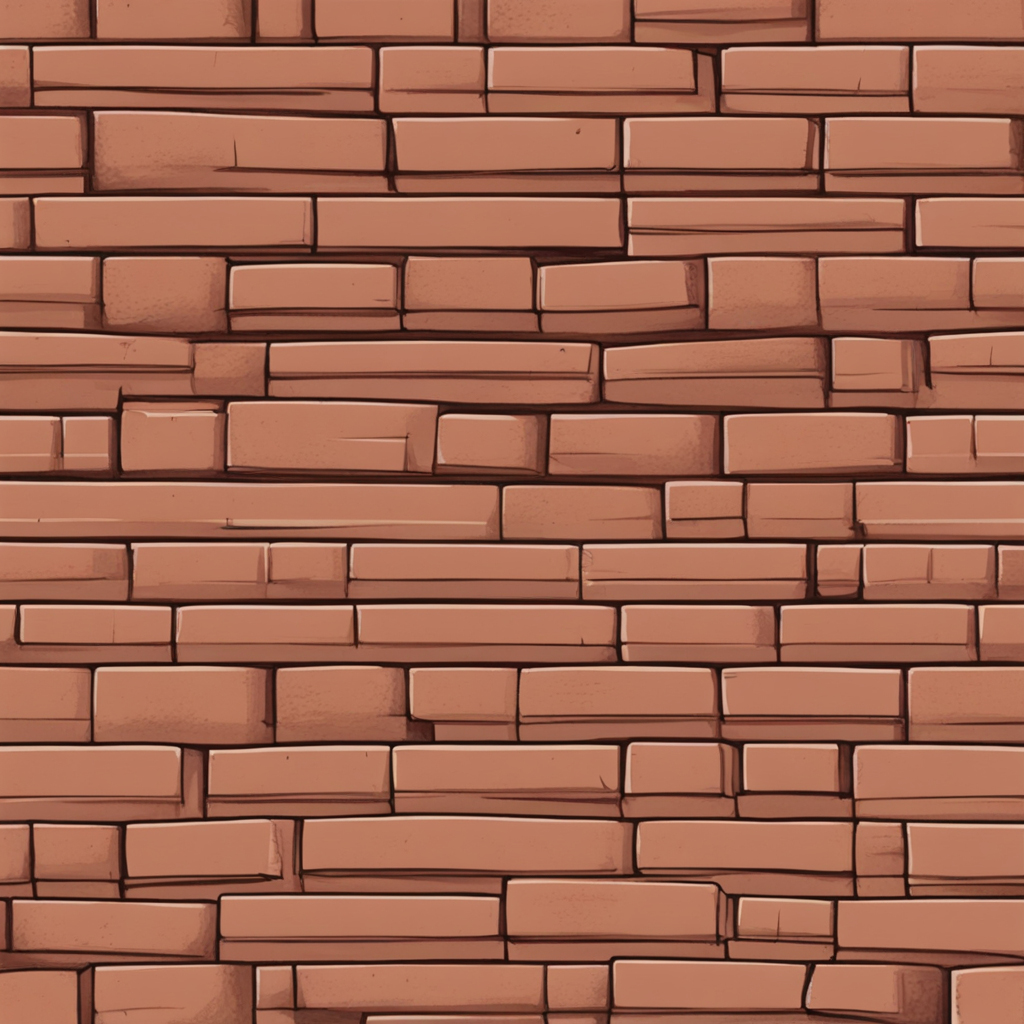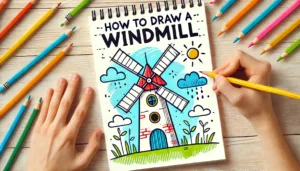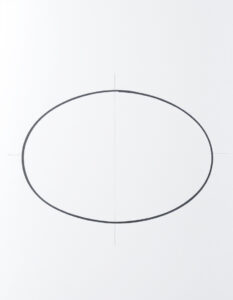How to draw a brick Practical and aesthetically captivating, bricks comprise the foundation of our architectural world. Despite the apparent simplicity of drawing a brick, any artist may find it gratifying to capture the texture and intricate details that distinguish each one. You’ll master the art of brick drawing by following along in this detailed, step-by-step guide on how to draw a single brick with accuracy, dimension, and personality.
Materials You’ll Need:
Accumulate the following art supplies prior to beginning:
Selection of Paper: Opt for a sketchbook or a pristine and glossy sheet of paper.
To produce a variety of line weights and shading, possess a set of graphite pencils with hardnesses ranging from 2H to 4B (e.g., H, HB, 2B, 4B).
Light corrections are made with a kneaded eraser, while precise line removal requires a conventional eraser.
The purpose of a ruler is to ensure proportionality and straight edge.
For the purpose of informing your illustration and comprehending the texture, locate high-quality reference images of bricks or brick walls.
Step 1: Study the Brick Texture
Consider the appearance and texture of a brick for a moment prior to beginning to draw it. Observe the manner in which light and shadow reflect off its surface, its distinctive pattern, and its rough surface.
Step 2: Sketch the Brick’s Outline
Lightly sketch the fundamental outline of the brick to commence the brick drawing. Precise proportions must be maintained when sketching a straightforward rectangular form to symbolize the brick.
Step 3: Add Texture to the Brick
Create the distinctive texture of the brick at this time. Assimilate the brick’s surface by constructing a sequence of vertical and horizontal lines, which frequently converge at right angles. To depict the inherent irregularities, render these lines asymmetrical.
Step 4: Define the Edges and Corners
Be mindful of the corners and edges of the masonry. To give the masonry a three-dimensional appearance, highlight these areas with darker lines or shading.
Step 5: Shade and Add Depth
Begin shading to achieve realism and depth. Recognize the direction of light by examining your reference image. Place shadows along the bottom margins and in the recesses between the bricks using a pencil.
Step 6: Refine and Adjust
Make any required modifications to your drawing after reviewing it. Make certain the brick’s surface is uniform in texture and that the lines are precise.
Step 7: Highlight and Final Touches
Lighten areas of the paper where light would naturally strike the surface of the brick by faintly erasing or leaving the paper blank. An increased perception of depth results. For the effect to be complete, contemplate sketching the shadow that the brick casts on the ground.
Step 8: Create a Brick Wall (Optional)
Repeat these steps in order to draw a sequence of bricks for the purpose of constructing a brick wall. Ensure that the spacing, variation, and alignment of the masonry are thought about.

Frequently Asked Questions (FAQ’s)
Is the use of a reference image required when sketching a brick?
Although not required, the utilization of a reference image can greatly facilitate the comprehension of the texture and intricacies of a brick. It is especially beneficial when striving for a sense of realism.
Which frequent errors should be prevented when creating masonry drawings?
Avoid creating excessively uniform brick lines; authentic bricks have irregularities. It is crucial to consider perspective when designing masonry to achieve a three-dimensional appearance.
How do I utilize multiple pavers to construct a brick wall?
For each brick to comprise a brick wall, replicate the preceding procedures. For the wall to appear natural, pay close attention to the alignment, spacing, and variation between the bricks.
Do you have any suggestions for depth-creating and shading the bricks?
Observe the light direction in your reference image in order to effectively apply shading. Employ a variety of pencil grades to emphasize the texture of the brick through the creation of shadows and highlights.
May I insert color into my drawing of bricks?
Although brick is commonly linked with a reddish-brown hue, it is possible to incorporate color into your design, especially if you wish to accentuate the subtle color variation present within the bricks.
Is it essential that the texture of the brick be uniform across its complete surface?
Since genuine brickwork possess inherent irregularities, incorporating a degree of texture variation into your drawing can augment its veracity.
In what ways might I incorporate my masonry drawing into additional artistic endeavors?
Your brick drawing may be utilized in the creation of cityscape illustrations, interior design concepts, or as a component of larger works of art, among other architectural or artistic endeavors.
Conclusion
As an artistic exercise, drawing a brick allows for the development of proficiency in texture, shading, and accuracy. You can give a single brick lifelike dimension, personality, and texture by adhering to the instructions in this step-by-step guide. You are making steady progress toward becoming an expert at brick drawing, whether you are simply honing your drawing abilities or integrating bricks into a more expansive architectural work of art. In your artwork, continue to stretch the limits of what is possible and delve into the intricate realm of texture.
Check out this super fun and easy guide to learn how to draw a skateboard with a step-by-step tutorial! This fun guide provides easy-to-follow instructions, ensuring that young creators can happily improve their drawing skills while making this beloved board!





